“Almost a week ago a window started popping up when my computer first loads. It's a black rectangular window labeled taskeng.exe, but there is nothing in it. Almost immediately after a prompt comes up that says "Windows cannot find 'C:\Program Files (x86)\Search Extensions\Client.exe'. Make sure you typed the name correctly, and then try again." It opens at the very beginning, before I have typed or even clicked on anything yet. When I click "OK" it closes and my computer runs normally, just a little slower than usual. It doesn't seem to be causing any problems, but I know there could still be something wrong that I can't see or know anything about….”


These days, some computer users state that error message pop-ups from Search Extensions\Client.exe are always display on their PC screen when starting Windows. In this case, their computer might be infected with adware or malware. It is suggested to take action to remove any infection as soon as possible. Please keep reading and following the post to get solutions.
Know more about Search Extensions\Client.exe
Search Extensions\Client.exe (C:\Program Files (x86)\Search Extensions\Client.exe) is a part of an adware program which is able to sneak into your PC without needing your approval. Once infected, you will get a lot of unstoppable pop-ups ads which are really annoying. Those ads are usually shown as boxes containing various coupons including banners, underlined keywords, pop-ups, etc. Meanwhile, you will notice that you PC runs slower and slower. Moreover, it may result in a system crash. If you do not fix the problems, your computer security will be degraded and is easier to be attacked by other computer threats. Therefore, you should take action to fix the problems as soon as possible.
Generally speaking, it is usually bundled with other free programs that you download from the Internet or third party installers. In addition, it hides itself inside the main software to bypass your attention. Besides, it can also be spread by:
Clicking on the malicious links
Browsing on the malicious websites, porno related expecially.
Opening the infected email attachments.
Want a quicker way to solve it? >> Download Automatic Virus Removal Tool
Eliminate Search Extensions\Client.exe with effective methods
>>Method one: Manually remove Search Extensions\Client.exe.
Step 1: End all the processes related to Search Extensions\Client.exe from the task manger.
Step 2: Remove Search Extensions\Client.exe from control panel.
Step 3. Switch to Registry Editor and delete all the files relevant to Search Extensions\Client.exe.
Step 4: Remove Search Extensions\Client.exe from Your Browser.
>>Method two: Remove Search Extensions\Client.exe Permanently with Spyhunter Antivirus software.
>>Method one: Manually remove Search Extensions\Client.exe.
Step 1: End all the processes related to Search Extensions\Client.exe from the task manger.
Press Windows+R together to launch up Run window>input taskmgr>click OK
search for the related processes or suspicious ones> right click and choose End Process
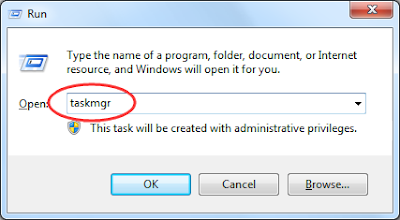
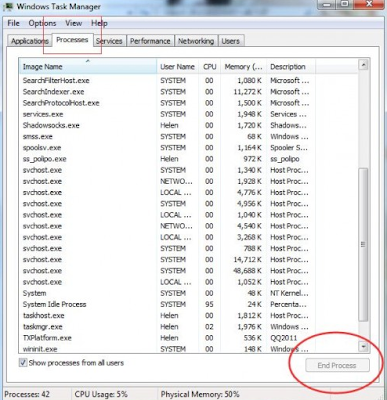
Press Windows+R together to launch up Run window>input taskmgr>click OK
search for the related processes or suspicious ones> right click and choose End Process


Step 2: Remove Search Extensions\Client.exe from control panel.
Click Start > Control Panel > Uninstall a program. Find its associated program and uninstall it.
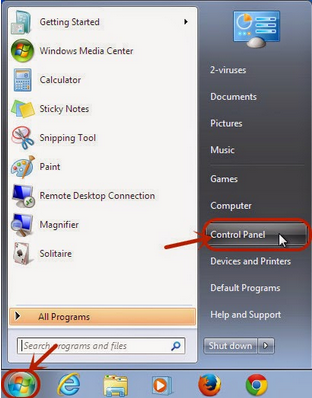
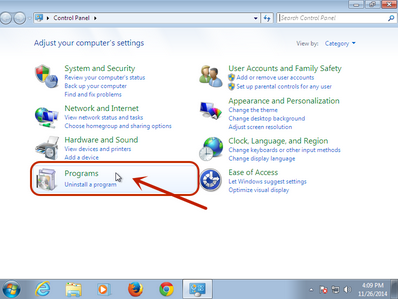
Step 3. Switch to Registry Editor and delete all the files relevant to Search Extensions\Client.exe.
1. Click on Win+ R key at the same time to open Run Commend Box.
2. Open Registry Editor by typing “regedit” in Runbox and clicking OK.

3. Glance through registry entries and find out all listed hazardous items. Right click on them and click Delete to remove.
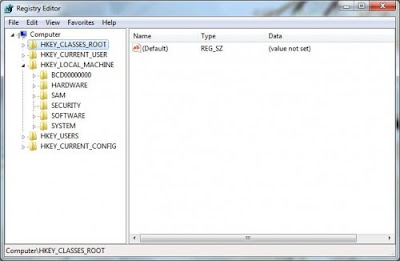
Delete all the vicious registries as below:
Step 4: Remove Search Extensions\Client.exe from Your Browser
For Internet Explorer
A: Launch up Internet Explorer>Tools> Manager Add-on
B: Tools and Extensions> search for Search Extensions\Client.exe> click Disable

C: Clear the browser history and restart IE to take effect
For Google Chrome
A: launch up Google Chrome> click Tools> click Extension> search for Search Extensions\Client.exe> click Disable
Click Start > Control Panel > Uninstall a program. Find its associated program and uninstall it.


1. Click on Win+ R key at the same time to open Run Commend Box.
2. Open Registry Editor by typing “regedit” in Runbox and clicking OK.


HKEY_LOCAL_MACHINE\SOFTWARE\<random>Software HKEY_LOCAL_MACHINE\SOFTWARE\supWPM HKEY_LOCAL_MACHINE\SYSTEM\CurrentControlSet\Services\Wpm HKEY_CURRENT_USER\Software\Microsoft\Internet Explorer\Main "Default_Page_URL" = "http://www.<random>.com/?type=hp&ts=<timestamp>&from=tugs&uid=<hard drive id>"
For Internet Explorer
A: Launch up Internet Explorer>Tools> Manager Add-on
B: Tools and Extensions> search for Search Extensions\Client.exe> click Disable

C: Clear the browser history and restart IE to take effect
For Google Chrome
A: launch up Google Chrome> click Tools> click Extension> search for Search Extensions\Client.exe> click Disable
B: Clear the history and cookies of Google Chrome and then restart the browser to take effect
>>Method two: Remove Search Extensions\Client.exe Permanently with Spyhunter Antivirus software.
If you don't have much time or patience to remove Search Extensions\Client.exe, you can download and install Spyhunter to do the job for you. You not only enjoy the removal but also can keep Spyhunter and protect your computer in the future. Go on and Try it.
Step A. Download removal tool SpyHunter.
1) Click here or the icon below to download SpyHunter automatically.

2) Follow the instructions to install SpyHunter
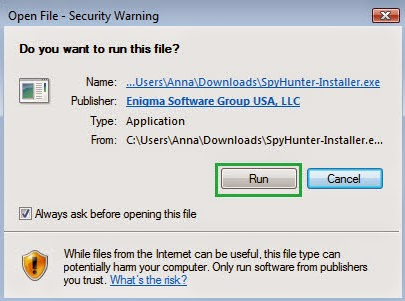
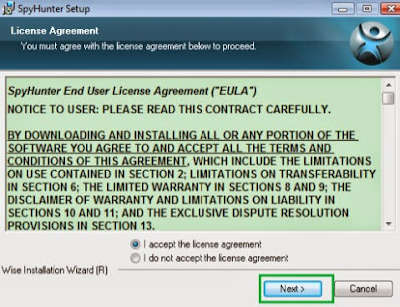

Step B. Run SpyHunter to block it
Run SpyHunter and click "Malware Scan" button to scan your computer, after detect this unwanted program, clean up relevant files and entries completely.
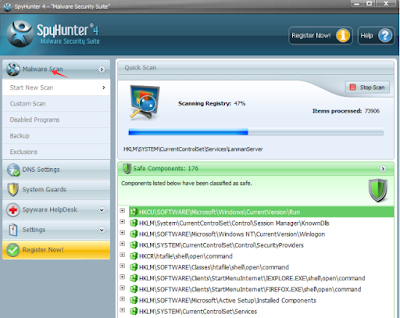
Step C. Restart your computer to take effect.
Optional method: use RegCure Pro to optimize your PC.
- Fix system errors.
- Remove malware.
- Improve startup.
- Defrag memory.
- Clean up your PC

2. Double-click on the RegCure Pro program to open it, and then follow the instructions to install it.
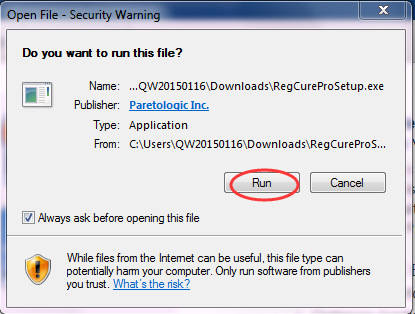

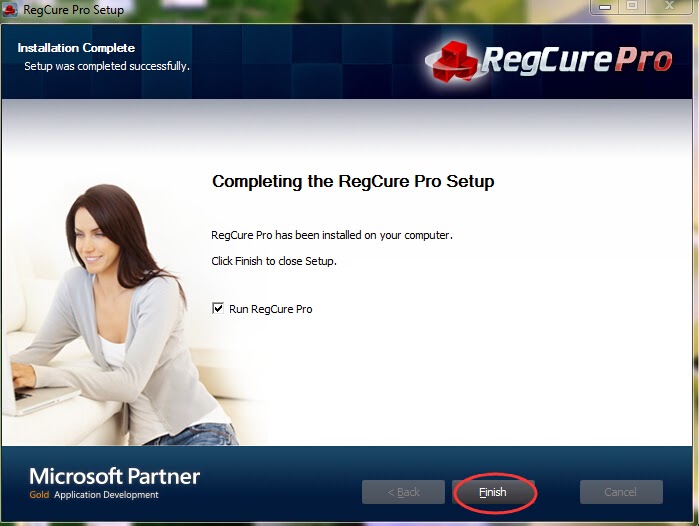
3. After installation, RegCure Pro will begin to automatically scan your computer.

After using these methods, your computer should be free of Search Extensions\Client.exe. If you do not have much experience to remove it manually, it is suggested that you should download the most popular antivirus program SpyHunter to help you quickly and automatically remove all possible infections from your computer.



